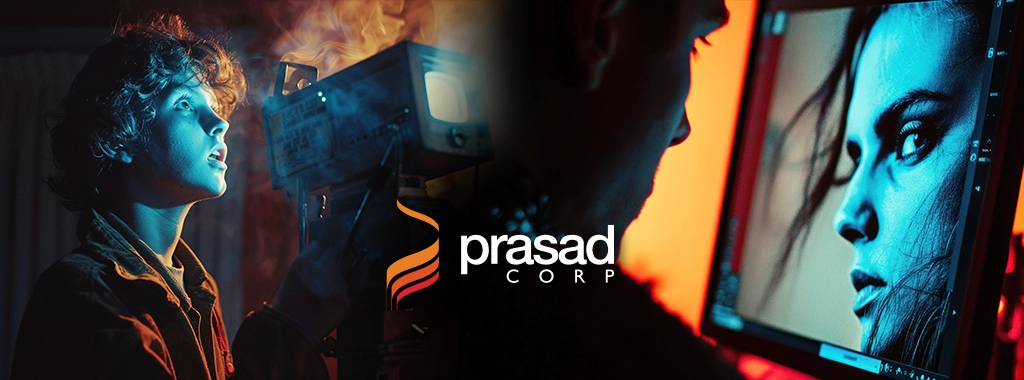Film restoration has traditionally been a time-consuming process, requiring manual labor to repair and enhance old films. However, with the rise of AI Film Restoration, this process has evolved, allowing for faster, more efficient preservation while maintaining the integrity of classic films.

For decades, film restoration was a painstaking process, with professionals manually scrubbing, coloring, and fixing imperfections frame by frame. While effective, it was time-consuming and limited by human resources. Today, AI is revolutionizing this process. Using machine learning, computer vision, and deep learning algorithms, AI can automatically detect and repair damage, understand film grain, interpret motion, and even recreate lost elements. It’s as precise as a seasoned restoration expert but at a fraction of the time and cost, transforming the future of film preservation.
How Does AI Film Restoration Work?
Here’s the fascinating part. AI uses vast amounts of historical data—learning from thousands of film frames—to identify common restoration patterns. Once the AI understands these patterns, it can begin to restore films automatically. It’s almost like a film doctor diagnosing issues and prescribing the right solution with precision. Whether it’s removing scratches, cleaning up grainy footage, or restoring colors, AI systems can perform these tasks with minimal human intervention.
Did you know?
Some AI algorithms are even trained to understand the style of specific filmmakers. That means they can restore a film in a way that stays true to the director’s original vision—something that human restorers could miss without the help of artificial intelligence.
A Bright Future Ahead
So, what’s next for AI in film restoration? The potential is mind-blowing. We are just scratching the surface of what AI can do in this field. Here’s a glimpse at what’s to come:
- More Precision: As AI continues to evolve, its algorithms will become more accurate, leading to even better restorations. We might soon see films from the early 20th century fully restored in high definition or even 4K resolution.
- Cultural Preservation: AI can help save not just well-known Hollywood blockbusters but also rare or obscure films from around the world. This opens the door to preserving cultural heritage that could otherwise be lost forever.
- AI in Virtual Reality: Imagine watching a restored film in a completely immersive VR experience. AI could help create 360-degree renditions of films, giving audiences the chance to experience cinema in new and exciting ways.
- Instant Restoration: Imagine streaming a movie, and with the click of a button, it’s instantly restored in real-time. AI’s speed and efficiency could soon allow for real-time restoration as you watch your favorite classic films.
Did you know?
Some companies are already experimenting with AI to create virtual versions of actors from the past, essentially allowing long-gone stars to appear in new films. It’s a potential game-changer for the entertainment industry.
The Ethical Questions
With any technological advancement, ethical questions arise. How much restoration is too much? Should AI alter a director’s original vision? AI in film restoration isn’t meant to replace human expertise but to complement it. While AI handles the heavy lifting, human creativity, and judgment are essential to preserving the essence of the original work.
Conclusion
The rise of AI in film restoration is nothing short of a cinematic revolution. It’s breathing new life into films that were once fading away, allowing future generations to experience the magic of classic cinema in ways never before possible. As we continue to push the boundaries of what AI can do, we’re on the brink of a new era in film history—a future where every frame, every detail, and every sound can be preserved and enhanced by the power of artificial intelligence.
Are you ready to witness the next wave of film restoration? With AI leading the way, the future of cinema looks clearer—and more vibrant—than ever before.

